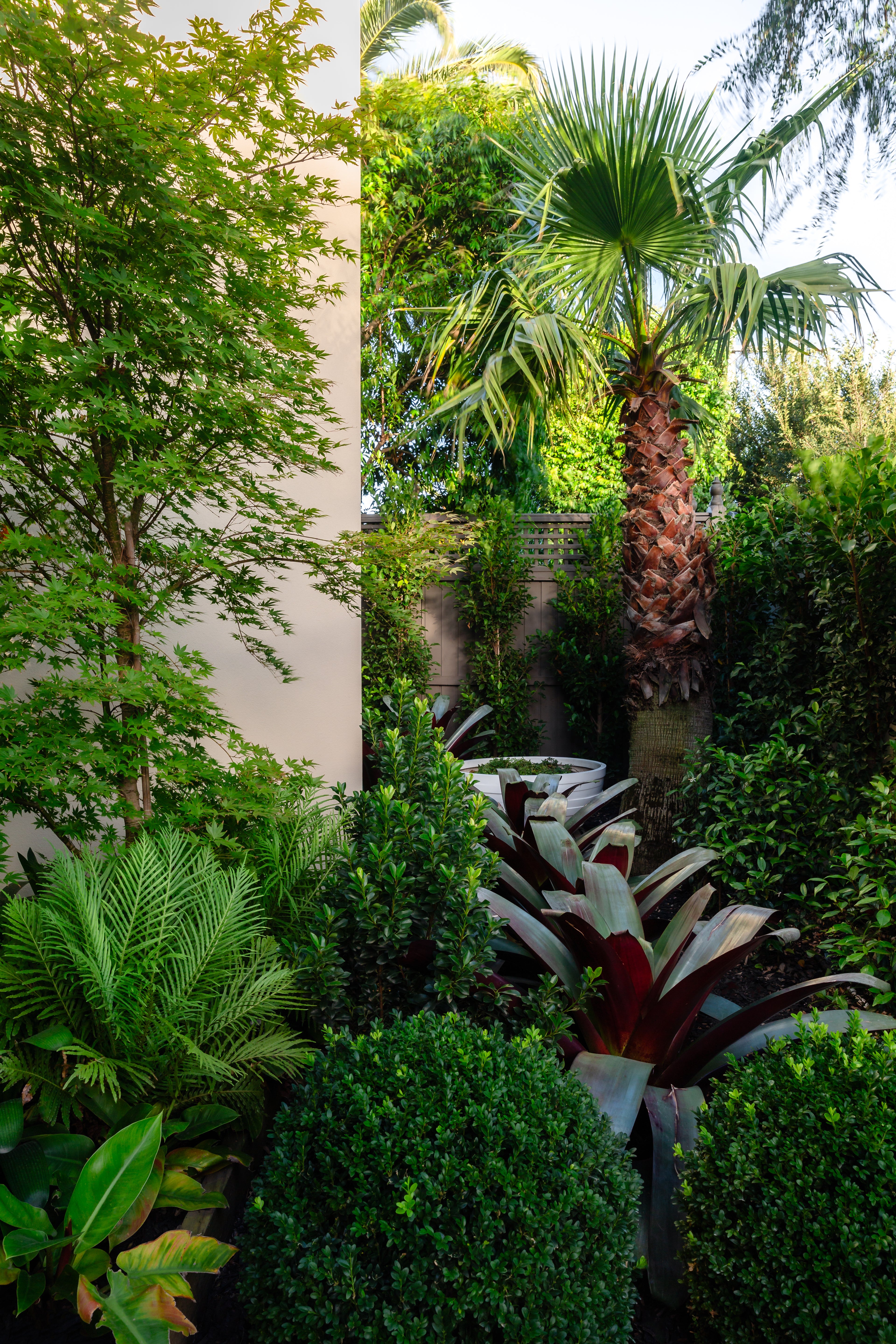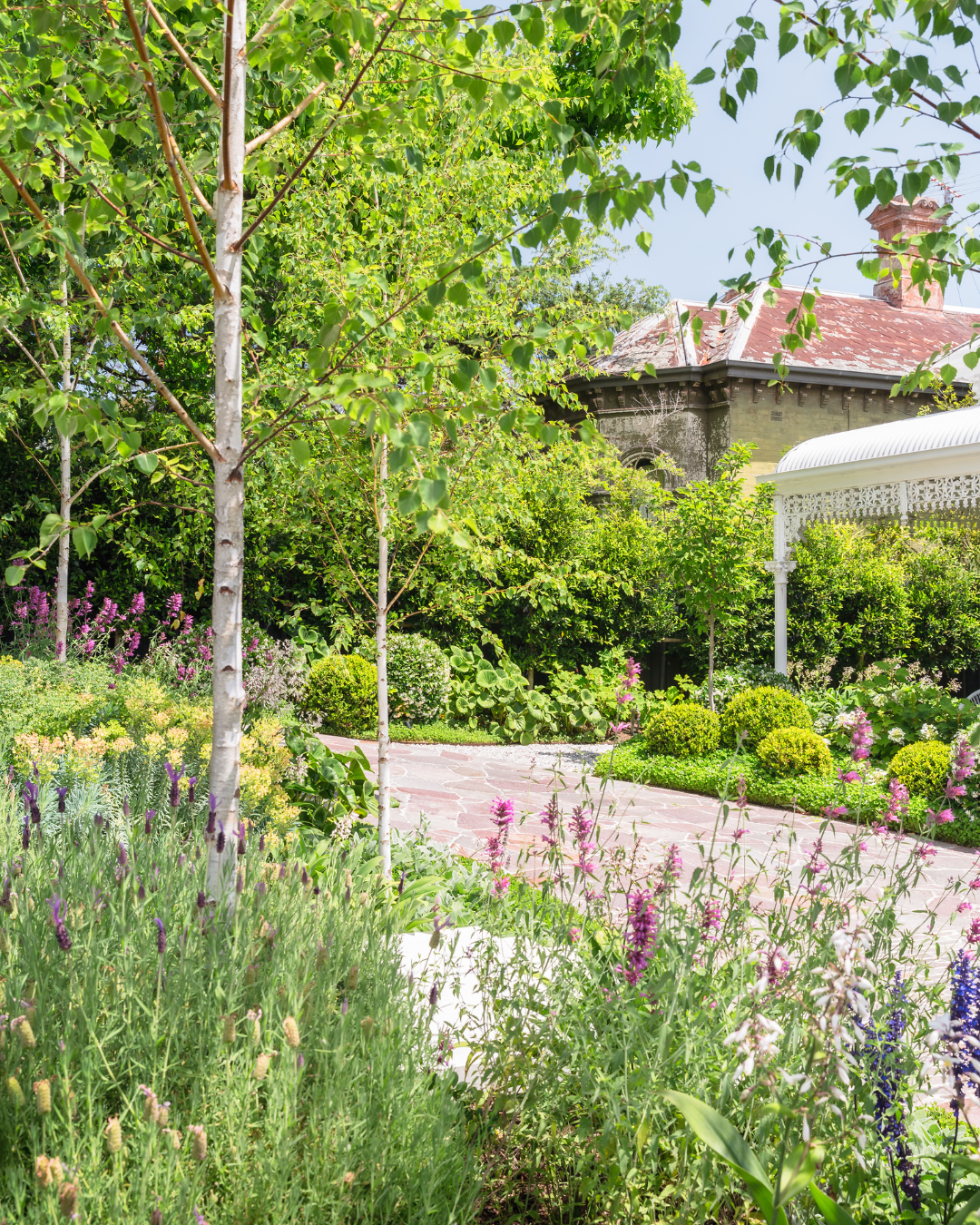What are the best carbon offsetting plants to green Australia?
With the Australian government agreeing to be carbon neutral by 2050, more and more people are looking for ways to offset their carbon emissions. One way to do this is to plant trees and other plants that absorb carbon dioxide from the atmosphere.
There are a variety of different plants that can be used for carbon offsetting, and the best plant for you will depend on a number of factors, including the climate you live in and the amount of space you have available. Some of the most popular carbon offsetting plants include:
Trees are one of the most effective ways to offset carbon dioxide, as they can sequester large amounts of the gas. There are a variety of different tree species that can be used for carbon offsetting and the most effective carbon-absorbing trees are:
Pine Trees
Pine trees are effective carbon offsetters because they can sequester, or store, large amounts of carbon dioxide (CO2). In fact, one mature pine tree can absorb approximately 1 ton of CO2 over its lifetime. When pine trees photosynthesize, they use sunlight to convert CO2 into carbohydrates like glucose, which they use for energy. This process of photosynthesis not only reduces atmospheric CO2 levels but also results in the production of oxygen gas (O2), which we need to breathe. Pine trees are a good choice for people who live in colder climates, as they can survive in cold weather.
View our range of Pine Trees here and here

Eucalyptus Trees
Eucalyptus absorb a lot of carbon because they grow quickly. Pine, fir, and spruce trees are also effective at absorbing carbon, but they don't grow as quickly as eucalyptus.
View our range of Eucalyptus here

Oak Trees
Oak trees can grow in a variety of different climates and are a good choice for people who want to offset carbon emissions.
View our range of Oak Trees here

Bamboo Trees
Bamboo is another excellent plant for offsetting carbon emissions. It grows extremely quickly, and can absorb large amounts of carbon dioxide from the atmosphere.

Another popular type of plant for carbon offsetting is grass. Grass absorbs carbon dioxide through photosynthesis, and the more grass you have, the more carbon dioxide it will absorb.
There are a number of other plants that can be used for carbon offsetting, including shrubs, vines, and flowers. These plants can absorb carbon dioxide, but they don't grow as quickly as trees or grasses.
As climate change accelerates, it is more important than ever to find ways to reduce greenhouse gas emissions. By planting pine trees and other carbon-sequestering plants, we can offset our own emissions and help slow the rate of global warming. Trees not only improve air quality but also provide habitats for animals and help regulate water cycles.
When choosing plants for carbon offsetting, it's important to consider the climate you live in and the amount of space you have available. You should also consider how much carbon dioxide you want to offset. If you're looking to offset a large amount of carbon dioxide, you'll need to choose plants that grow quickly and can sequester a lot of the gas. If you have a small amount of space, you may want to choose plants that don't grow as quickly but are still effective at absorbing carbon dioxide.











3 comments
Bamboo is very hardy but pick species suitable to your climate zone.
Bambusa oldhamii a good choice growing well in Darwin, Canberra & Hobart. Also Bambusa textilis gracilis, for small spaces Bambusa textilis gracilis
Bamboo is very hardy but pick species suitable to your climate zone.
Bambusa oldhamii a good choice growing well in Darwin, Canberra & Hobart. Also Bambusa textilis, for small spaces Bambusa textilis gracilis
Hi I just want to check with bamboo variety is best for carbon offset